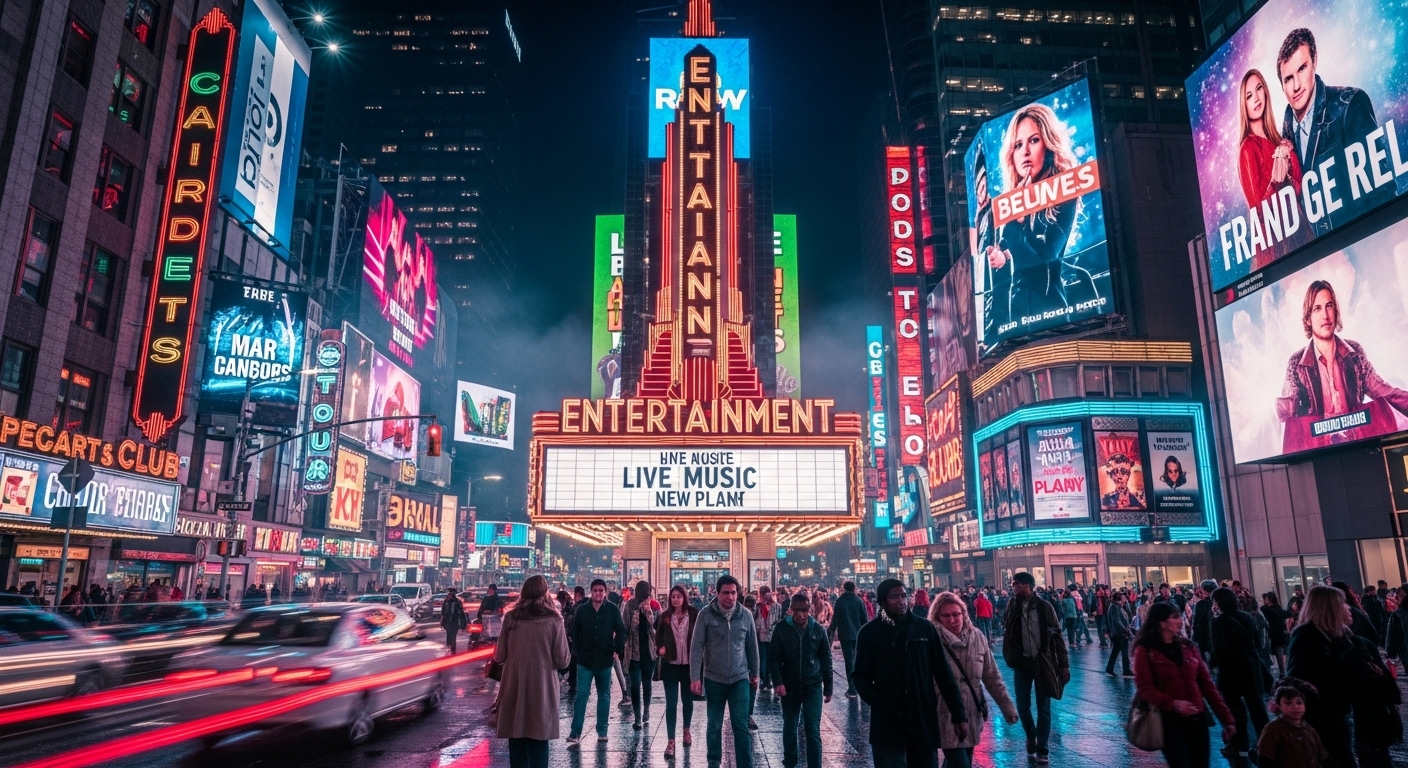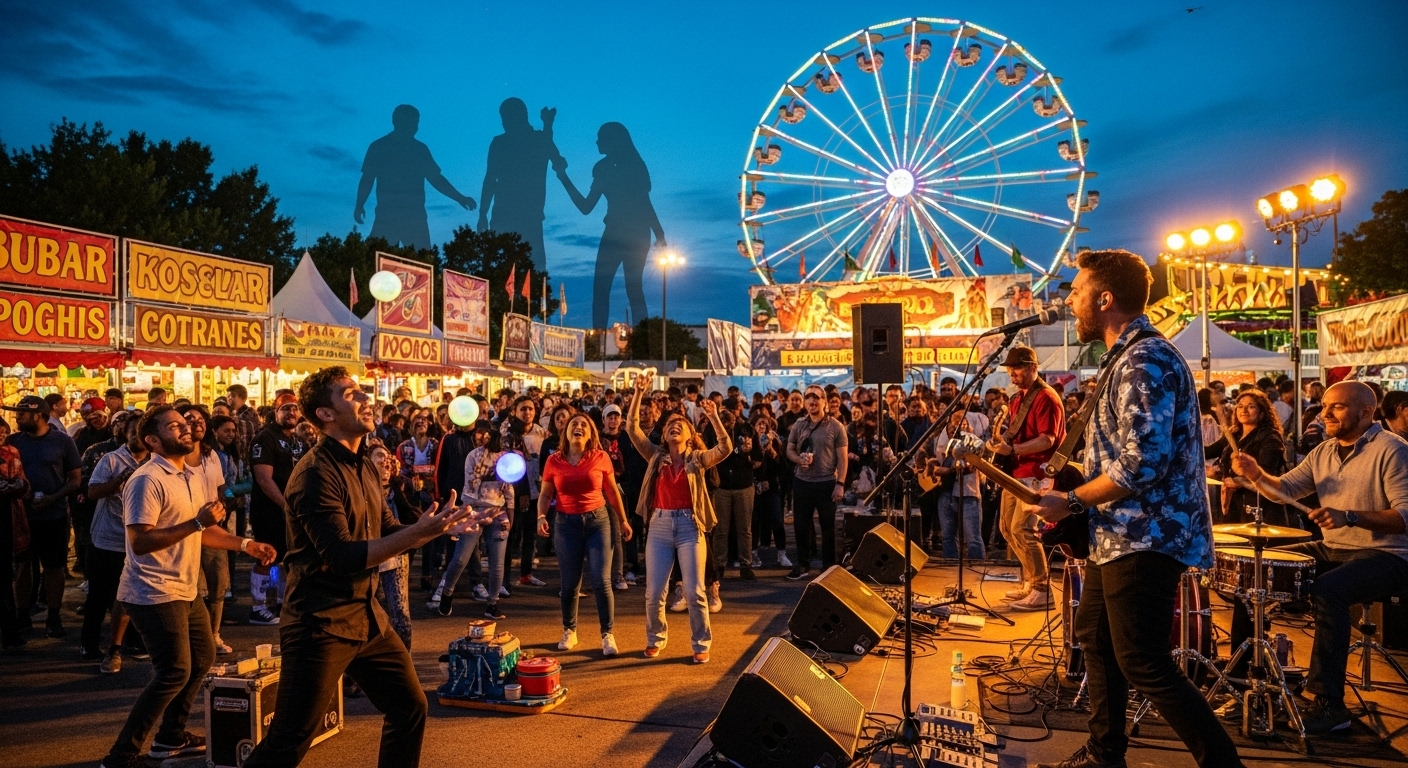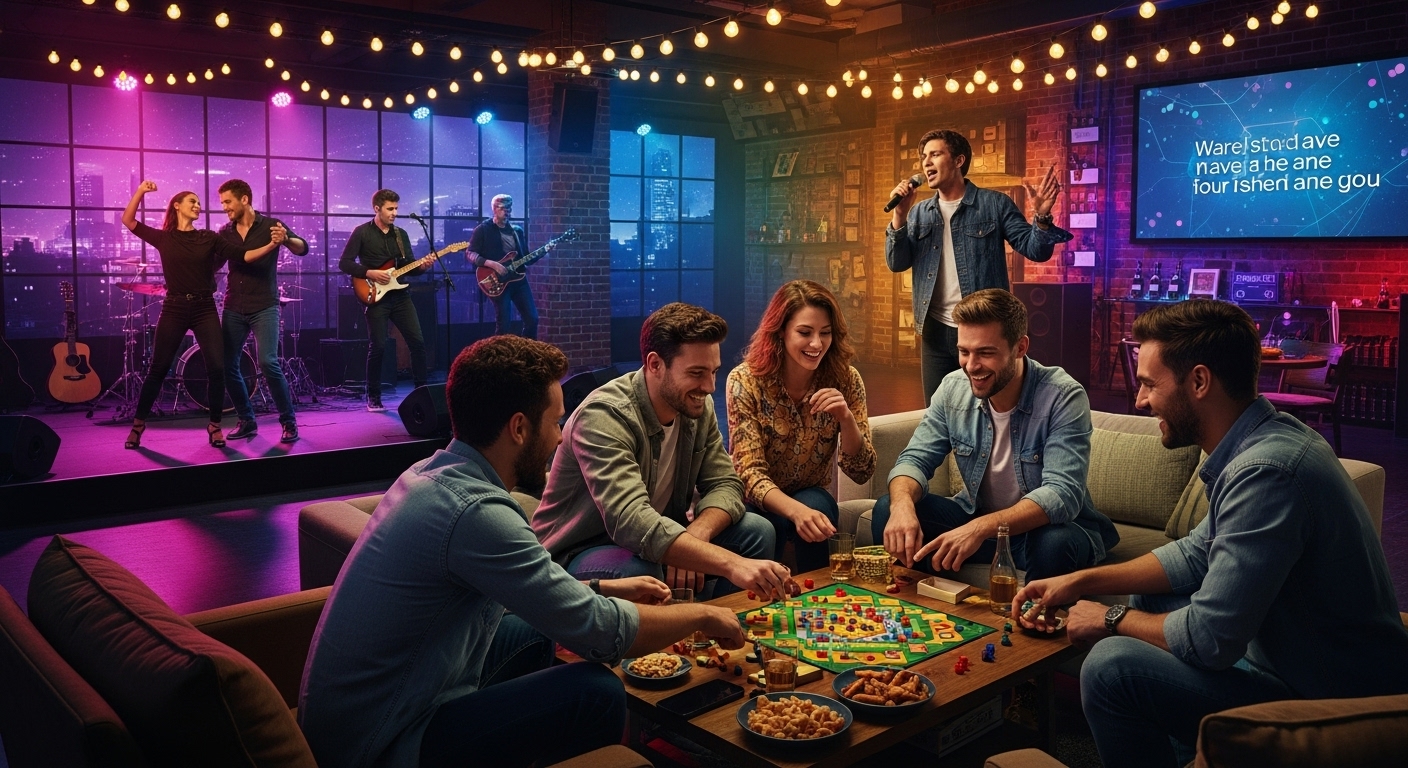Fame has always been a coveted concept, traditionally defined by public recognition through print, radio, television, and cinema. Celebrities were once accessible only through curated interviews, magazine covers, or public appearances. The rise of social media, however, has dramatically shifted the dynamics of fame. Platforms such as Instagram, TikTok, YouTube, Twitter, and Snapchat have not only democratized visibility but also altered the very nature of what it means to be famous. This blog post explores how social media has redefined fame, its implications for celebrities and ordinary users, and the cultural transformations it has triggered.
The Traditional Model of Fame
Before social media, fame was largely mediated by institutions. Actors, musicians, and athletes relied on television, film, radio, and magazines to reach audiences. The process of becoming famous was hierarchical, selective, and often exclusive. Gatekeepers such as talent agents, record labels, and media editors controlled access to the public.
In this model, fame was aspirational and often distant. Fans admired celebrities from afar and had limited opportunities for interaction. Public appearances, interviews, or fan mail constituted the primary means of engagement. This traditional framework created a mystique around celebrities, making them figures of admiration, curiosity, and sometimes unattainable desire.
The Democratization of Fame Through Social Media
Social media has revolutionized this traditional model by lowering barriers to visibility. Anyone with an internet connection and compelling content can gain recognition, sometimes overnight. Platforms like TikTok, Instagram, and YouTube enable users to share videos, photos, and thoughts instantly with millions of viewers.
This democratization has led to the rise of micro-celebrities and influencers, individuals who may not possess traditional credentials but command significant attention online. Their fame is built on relatability, creativity, and direct engagement with audiences. Social media has transformed fame from a top-down phenomenon into a more horizontal, participatory experience.
Instant Recognition and Viral Culture
One of the most notable changes brought by social media is the speed at which fame can be achieved. Viral trends, memes, and challenges can catapult ordinary individuals to global recognition within hours. TikTok, for instance, has popularized users who gain millions of followers by producing short, engaging content that resonates widely.
This shift has fundamentally changed expectations around celebrity culture. Fame is no longer solely a product of sustained career achievements but can also emerge from a single viral moment. While this can be empowering, it also introduces volatility, as viral fame may be fleeting and dependent on continuous content production to maintain attention.
The Role of Engagement and Authenticity
Unlike traditional media, where celebrities were often distant and curated, social media prioritizes engagement and perceived authenticity. Followers are drawn not only to talent or looks but also to personality, lifestyle, and relatability. Celebrities who openly share their thoughts, struggles, and daily lives tend to foster stronger connections with audiences.
Instagram stories, TikTok videos, and live streams allow fans to interact directly with famous figures, creating a sense of intimacy that was previously impossible. This shift emphasizes that modern fame is not just about recognition—it is about relationships, loyalty, and the ability to maintain ongoing attention.
Influencer Culture and Brand Collaboration
Social media has given rise to a new form of fame: the influencer. Influencers are individuals whose popularity is rooted in personal branding and social engagement rather than traditional talent alone. They can shape trends, endorse products, and influence consumer behavior.
This trend has blurred the lines between celebrity and entrepreneur. Social media fame often translates directly into economic opportunities. From sponsored posts to merchandise lines, influencers leverage their reach to monetize attention, creating new pathways to both wealth and cultural impact.
The Blurring of Personal and Public Life
A defining feature of social media fame is the erosion of boundaries between personal and public life. Celebrities and influencers often share intimate moments, lifestyle choices, and behind-the-scenes content, allowing followers to feel involved in their day-to-day experiences.
While this can enhance relatability, it also exposes famous individuals to scrutiny, criticism, and pressure to maintain a constant online presence. The demand for transparency has altered public expectations, making modern fame more participatory but also more invasive.
Case Studies of Social Media Fame
Several prominent figures illustrate how social media has redefined fame. Charli D’Amelio, a teenage dancer on TikTok, became a global sensation in just a year through viral dance videos. Unlike traditional celebrities, her fame was built entirely online, emphasizing creativity, consistency, and relatability.
Similarly, YouTubers like PewDiePie and MrBeast have gained massive followings by producing content that entertains, engages, and fosters community. Their success demonstrates that social media allows individuals to cultivate fame through niche expertise, humor, or innovative storytelling.
Mainstream celebrities have also adapted to social media-driven fame. Musicians like Ariana Grande and Billie Eilish use Instagram and TikTok to connect with fans, release updates, and promote work, creating an ongoing feedback loop that reinforces popularity and engagement.
The Psychological Impact of Instant Fame
While social media offers unprecedented opportunities, it also presents psychological challenges. Instant fame can create pressure to perform, sustain attention, and maintain a positive image. Many young influencers report experiencing stress, anxiety, and burnout from the demands of constant visibility.
Moreover, social media fame can distort perceptions of reality, as metrics like followers, likes, and comments become proxies for validation and self-worth. This has implications for both content creators and their audiences, shaping social norms, self-esteem, and the cultural understanding of success.
The Globalization of Fame
Social media has made fame more global than ever before. A viral video in one country can be viewed by millions worldwide, transcending language and geographic barriers. This global reach amplifies influence and creates cross-cultural celebrity phenomena.
Artists, athletes, and entertainers can cultivate international fan bases without relying on traditional media distribution. For example, K-pop bands like BTS have leveraged Twitter and YouTube to achieve global fame, connecting with fans across continents and languages.
Social Media Fame vs. Traditional Fame
While social media fame offers accessibility, it differs from traditional fame in several ways. Traditional fame was often slower to develop, more stable, and tied to measurable professional accomplishments. Social media fame, by contrast, can be rapid, volatile, and sometimes detached from conventional success metrics.
This has led to debates about the legitimacy and value of different forms of fame. Critics argue that social media fame can be superficial or fleeting, while supporters highlight the empowerment, creativity, and democratization it enables. Both perspectives reveal how deeply social media has transformed the concept of celebrity.
Fame and Activism
Social media fame has also expanded the potential for activism and social influence. Influencers and celebrities can raise awareness on social, political, and environmental issues to millions of followers instantly. Hashtags, campaigns, and viral challenges have the power to mobilize public opinion and drive tangible change.
Figures like Greta Thunberg and Malala Yousafzai exemplify how social media can amplify activism, demonstrating that fame is not just entertainment but also a platform for societal impact. Modern fame is thus closely intertwined with responsibility, influence, and engagement.
Challenges and Ethical Considerations
The transformation of fame via social media brings challenges. The pressure to produce continuous content can affect mental health. The pursuit of likes and followers may incentivize risky or performative behavior. Additionally, the spread of misinformation or harmful content can magnify the social impact of influential figures.
Ethical questions arise around the exploitation of fame for commercial gain, the treatment of young influencers, and the consequences of public shaming or cancel culture. As social media continues to evolve, society must navigate these issues to ensure that fame serves as a positive force rather than a destructive one.
The Future of Fame in a Social Media World
Looking ahead, fame is likely to become even more interactive, personalized, and multi-dimensional. Augmented reality, virtual reality, and AI-driven content may create new ways for celebrities and influencers to connect with audiences. The line between content creator, performer, and public figure will continue to blur.
Social media platforms themselves will shape the nature of fame. Algorithmic curation, monetization features, and community guidelines influence who becomes visible and how attention is distributed. Understanding these dynamics will be essential for navigating the future of celebrity culture.
Conclusion
Social media has fundamentally redefined fame. It has democratized access, accelerated recognition, fostered global reach, and emphasized authenticity, engagement, and personal branding. While it offers opportunities for empowerment, creativity, and activism, it also introduces challenges related to mental health, ethical responsibility, and sustainability.
From viral TikTok creators to Instagram influencers and traditional celebrities adapting to new platforms, modern fame is a dynamic, participatory phenomenon. It is no longer solely a reflection of talent or achievement but a complex interplay of visibility, relatability, and influence. Social media has transformed fame from a distant aspiration into a living, evolving, and interactive experience, reshaping culture and redefining what it means to be celebrated in the digital age.



